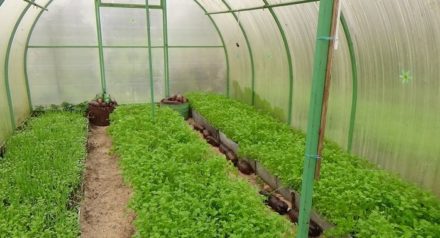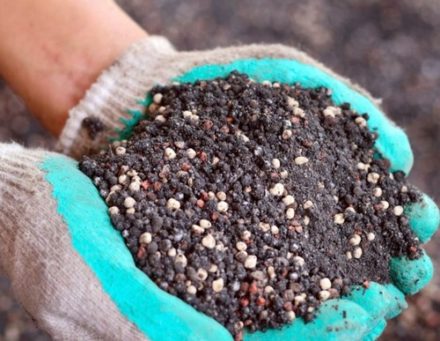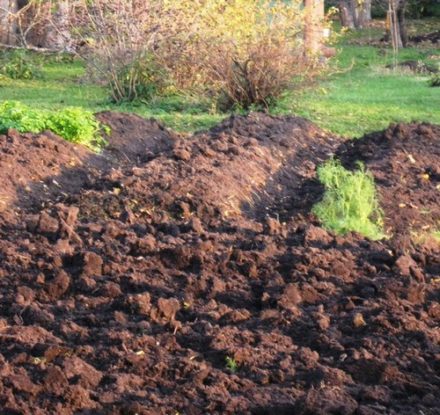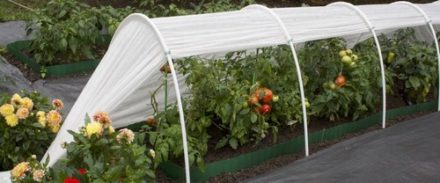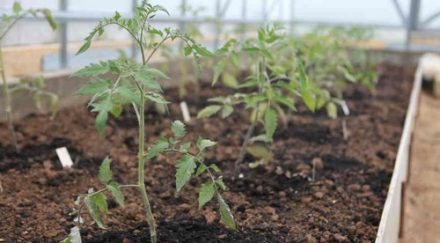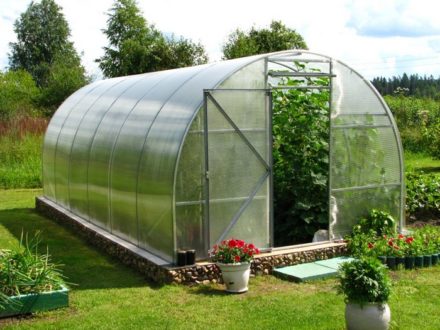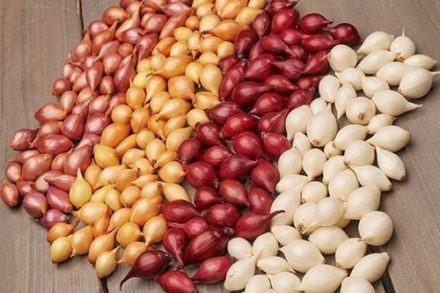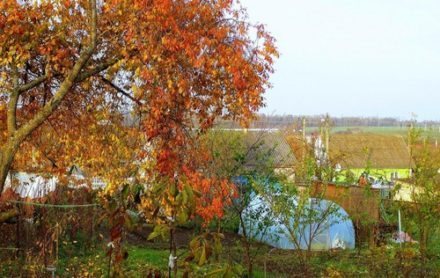Over time, the soil in the greenhouse becomes less fertile, and the concentration of harmful substances and pathogenic microorganisms increases in the upper layer. This is especially pronounced in polycarbonate structures, where a warm and humid microclimate is maintained. The most drastic method of solving the problem is to replace the top layer of soil over the entire area of the greenhouse.
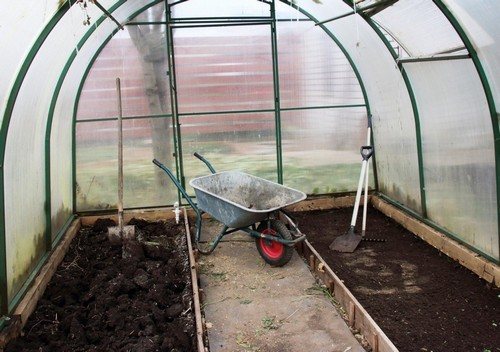
Soil depletion
Planting monocultures in a greenhouse leads to a decrease in soil fertility. Tomatoes, peppers, and cucumbers take away valuable minerals and trace elements that cannot be replenished with fertilizing. Warm and humid climates encourage the growth of weeds, which also deplete the soil.
The greenhouse substrate gradually compacts, becomes water- and airtight, and loses its looseness. Plant roots receive insufficient oxygen and develop poorly. The application of mineral fertilizers increases the acidity of the soil mixture.
Over time, the soil in the greenhouse becomes oversaturated with heavy metals that are part of fungicides and insecticides, and the remnants of undecomposed mineral fertilizers. Vegetables grown on such land contain an increased amount of nitrates and can no longer be called environmentally friendly.
Soil contamination by diseases and pests
The lack of crop rotation causes the accumulation of spores of pathogenic fungal diseases in the soil: late blight, fusarium wilt, cladosporiosis, and various rots. The soil in the greenhouse is not sufficiently frozen, and the causative agents of bacterial infections do not die during the winter. On contaminated soils, plants quickly become diseased in cold or rainy weather.

Insect pests are easily infested in greenhouses; heat and high humidity contribute to their rapid reproduction. Whiteflies, aphids, thrips, and spider mites can survive the winter if the soil does not freeze to -15˚C.
Step-by-step instruction
The event is recommended to be held once every 2 years. In practice, due to the high complexity of the procedure, such soil replacement is carried out with a significant reduction in yield.
Prepare the soil mixture: take peat, turf soil, humus or well-rotted compost and coarse sand in a ratio of 4:3:2:1. Add 2–3 kg of wood ash. The soil is thoroughly mixed.
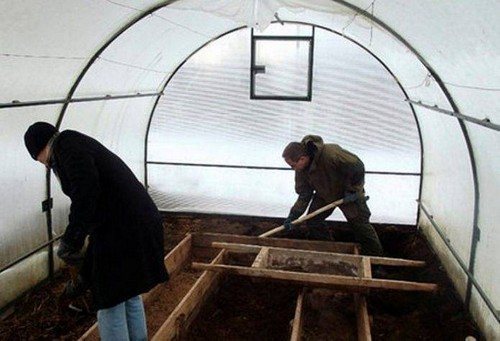
In the greenhouse, crop residues are removed and weeds are removed. The walls and roof of the structure are washed with soapy water. Using a shovel, remove the top part of the soil 10–12 cm thick, or 20–30 cm in case of severe damage. The substrate is taken outside the greenhouse and scattered on beds where it is not planned to grow crops of the nightshade or pumpkin family. The bottom layer of soil is spilled with bleach or diluted copper sulfate (20 g per 10 liters of water).
The prepared substrate is evenly distributed around the entire perimeter of the greenhouse.To increase the beneficial microflora in the soil, it is watered with a solution of “Fitosporin”, “Baikal-M”.
Replacing the top layer of soil in a greenhouse is the most effective way to improve the structure and fertility of the soil and get rid of bacterial and viral infections. The method is used in case of severe damage by parasitic insects and to destroy wintering pests.



